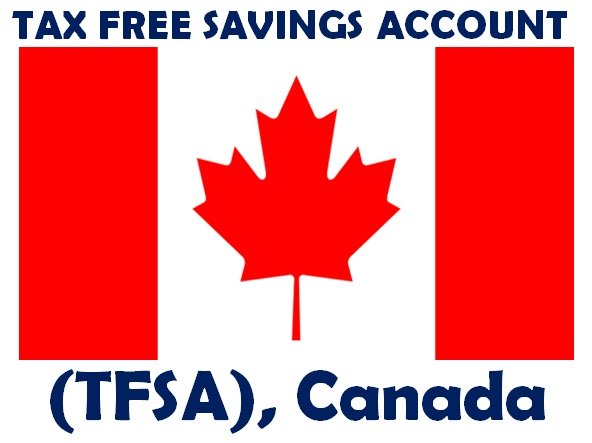A Tax-Free Savings Account (TFSA) offers tax benefits for saving in Canada. It is a general savings plan that allows Canadians to invest tax-free to meet long-term savings needs. It is similar to the Registered Retirement Savings Plans (RRSP) and Registered Education Savings Plans (RESP). The contributions in a TFSA account are not deducted from income taxes, and capital gains and dividends earned in these accounts are not taxed.
Benefits
The structure of TFSA accounts allows a holder to withdraw contributions from it at any time without paying taxes. This allows individuals with income to invest in a type of savings without time pressure, getting rid of the capital gains tax burden. Accountholders can choose from a variety of investment options, including Guaranteed Investment Certificates, bonds, and mutual funds. All income in a TFSA will compound tax-free. Canadian residents over 18 years of age with a valid Canadian social insurance number are eligible. The account balance can be transferred to a spouse or legal partner so that he or she can invest in a TFSA, and TFSA assets are transferred to a spouse or legal partner after death. TFSA income and withdraws from a TFSA account do not impact eligibility for federally-administered income-tested benefits and transfer payments, such as the Guaranteed Income Supplement, the Canada Child Tax Benefit, and the Old Age Security program.
What Investments are Eligible
Investments that are Registered Retirement Savings Plan (RRSP) are eligible. This includes publicly traded shares on qualified exchanges, some types of debt obligations, annuity contracts, warrants, registered investments, royalty units, partnership units, depository receipts, qualified shares of private corporations, mutual funds and real estate investment trusts, and money denominated in any currency.
Potential Drawbacks
There is a $5500 annual contribution limit, which is indexed to the Consumer Price Index (CPI) in increments of $500. This is to account for inflation, but it limits the account from being as convenient as types of tax vehicles. However, the amount of withdrawals can be contributed back to the TFSA in the future, and if the accountholder does not meet the $5500 cap in one year, the unused space will be carried over. Depending on how the money is invested, the TFSA will be more risky than a high-yielding savings account or some other forms of investments. However, for long-term savers, the option is incredibly viable. Avoiding losses is easier if the assets are spread out into short-term, medium-term, and long-term investments. This is the formula for a balanced portfolio.
A Popular Option
Canadian citizens are seeing the potential benefits with the TFSA. A 25-year-old who contributed to the limit of contributions since the plan started in 2008 would save $215,000 until he or she retires at age 65. This money would be allowed to grow tax-free for 40 years, and the amount would grow to around $750,000, assuming a five per cent interest rate. This is astoundingly beneficial when one factors in the money saved on taxes.
References:
http://www.tfsa.gc.ca
http://www.cra-arc.gc.ca/tx/rgstrd/tfsa-celi/
http://www.theglobeandmail.com/globe-investor/investor-community/trading-shots/time-to-get-aggressive-with-your-tfsa/article13368315/
http://www.theglobeandmail.com/globe-investor/investor-community/trading-shots/time-to-get-aggressive-with-your-tfsa/article13368315/
http://www.cra-arc.gc.ca/tx/ndvdls/tpcs/tfsa-celi/wthdrwls-eng.html



